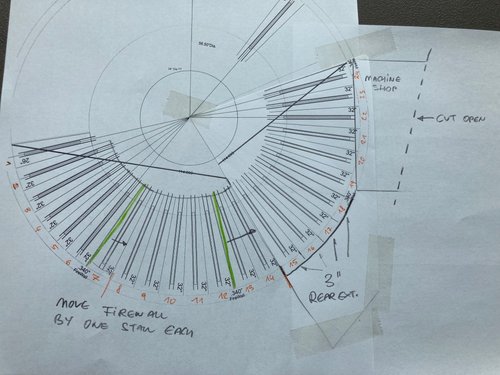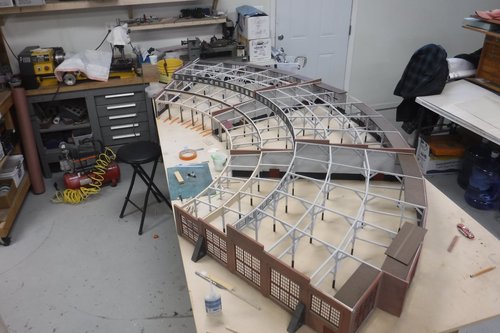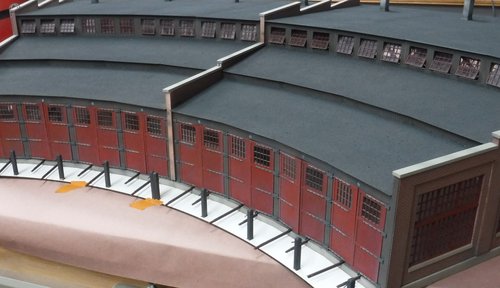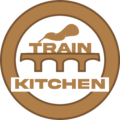the layout
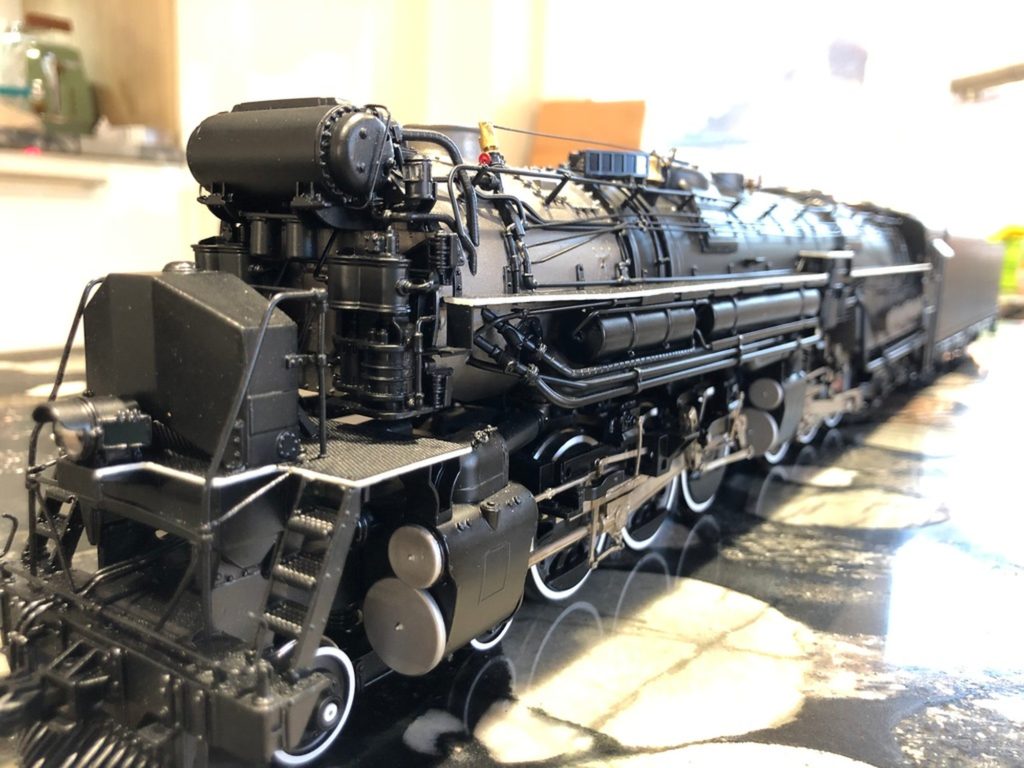
Big Trains need Big Space
Building an O-scale layout is a spacious undertaking. Four times the space is needed, compared to HO-scale. To achieve a fully operational layout of the Union Pacific division point at Cheyenne, WY. I have to think big and provide an enormous space. My old farm barn is ideal for a layout room. I won’t make compromises in terms of curvature with a minimum radius of 72″. There are plans for a tain elevator to be able to lift trains up on the second level where crews follow by taking the stairs. That’s going to be phase II of the project and many years in the future.
A Time Machine Back Into the Steam Era
A New Home for the Layout
Back in 1928 the barn building incorporated a brand new concept where hay was lifted inside with big forks. The now empty building is going to become a huge train room complete with heating, insulation and a second floor. I am currently working on the track plan that determines the layout of the buildings inner features such as the position of columns. It will be filled with innovation once again!
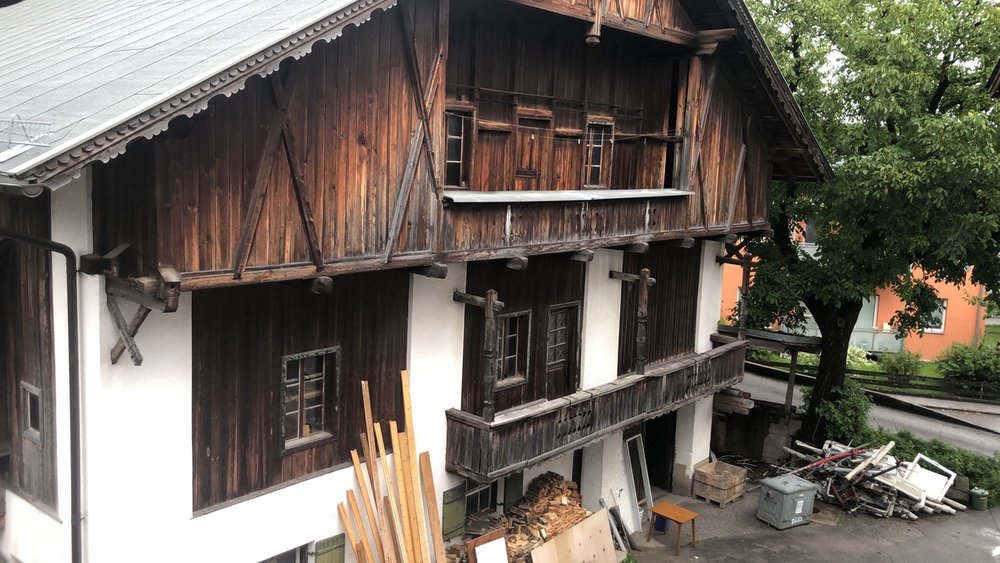
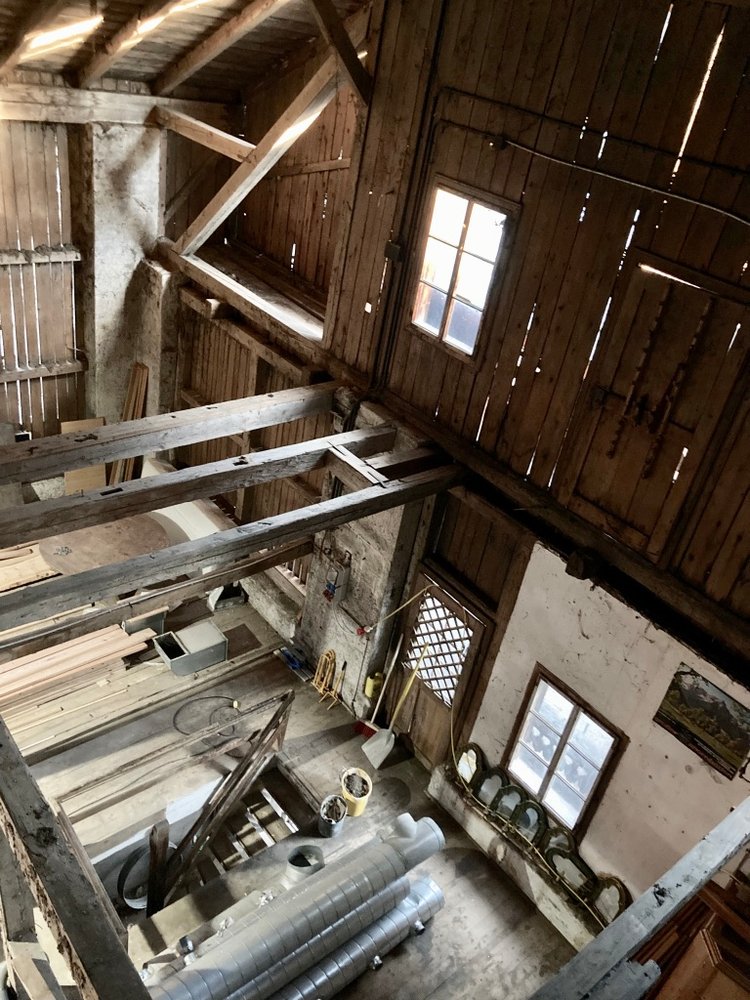
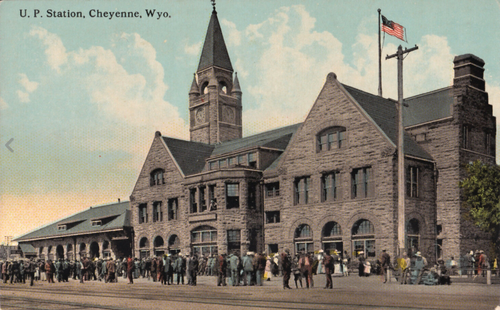
Is's Got to be Cheyenne, WY.
Many European railroad modelers have a tendency towards the Union Pacific over Sherman Hill, just becaue of the overwhelming massiveness of equipment and operations. I totally fell in love with the Great Planes. But there are other reasons for choosing UP – the availablilty of models is excellent and the prototype is very well documented in books and magazines. Meanwhile I have met many friends who help me out with detailed information about the plant and it’s operations. Thank you, guys!
Two Railroads – Mighty UP, Charming C&S.
Famous and well known is the history of the Union Pacific, the first transcontinental railroad in the United States. Not so well known is Cheyenne’s second railroad was the Colorado & Southern, America’s last first class railroad to regularily operate steam engines. As a CB&Q subsidiary, the influence of the Burlington Route was evident. I love the little road and will model key features as accurate as possible but also take some creative freedom to incorporate features that allow me to gain value in operations.
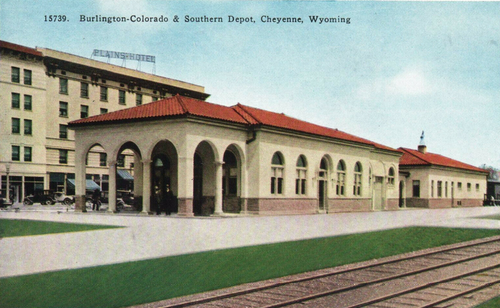
Starting with Modules
Since at this time (2022) the train room is far from being competete, I start building “layout design elements”, a term made popular by Tony Kosester. These are key scenes and track arrangements that make for the distinctive flavor of your railroad. I started with a stretch of the Colorado & Southern part where the C&S single track main line crosses the Chache La Poudre River in Colorado. With this first module I am learning basic scenery techniques such as forming a landscape, to model a river and build trees and a wooden trestle. But foremost it’s one thing – a lot of fun!
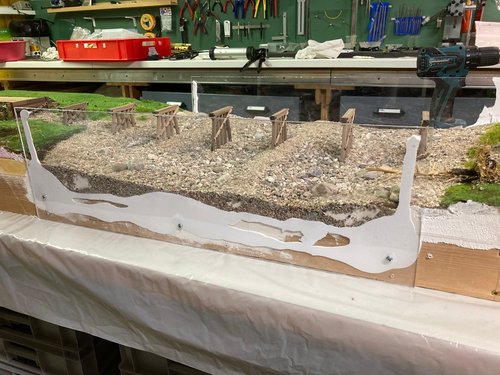
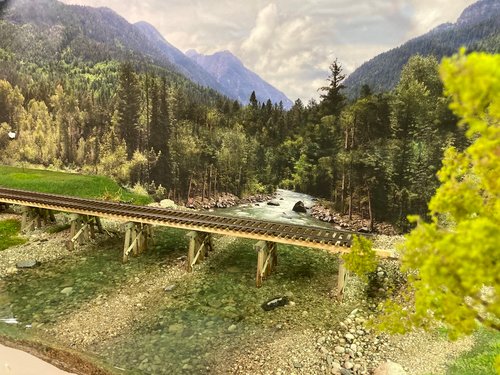
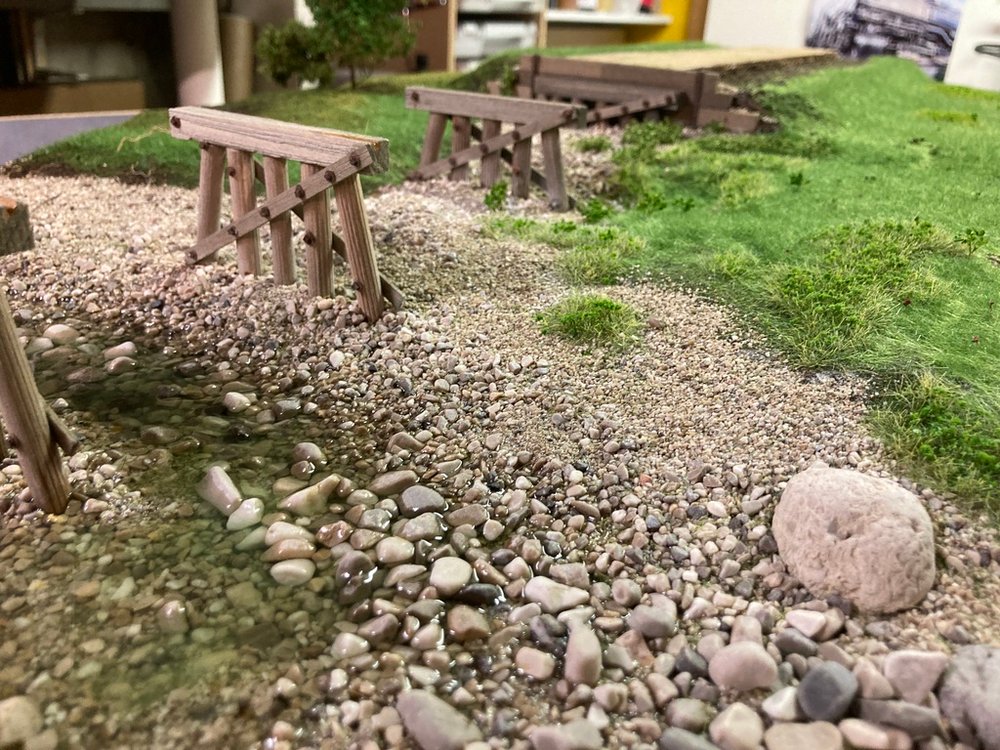
“Dreams Do Come True, Step By Step, Day By Day.”
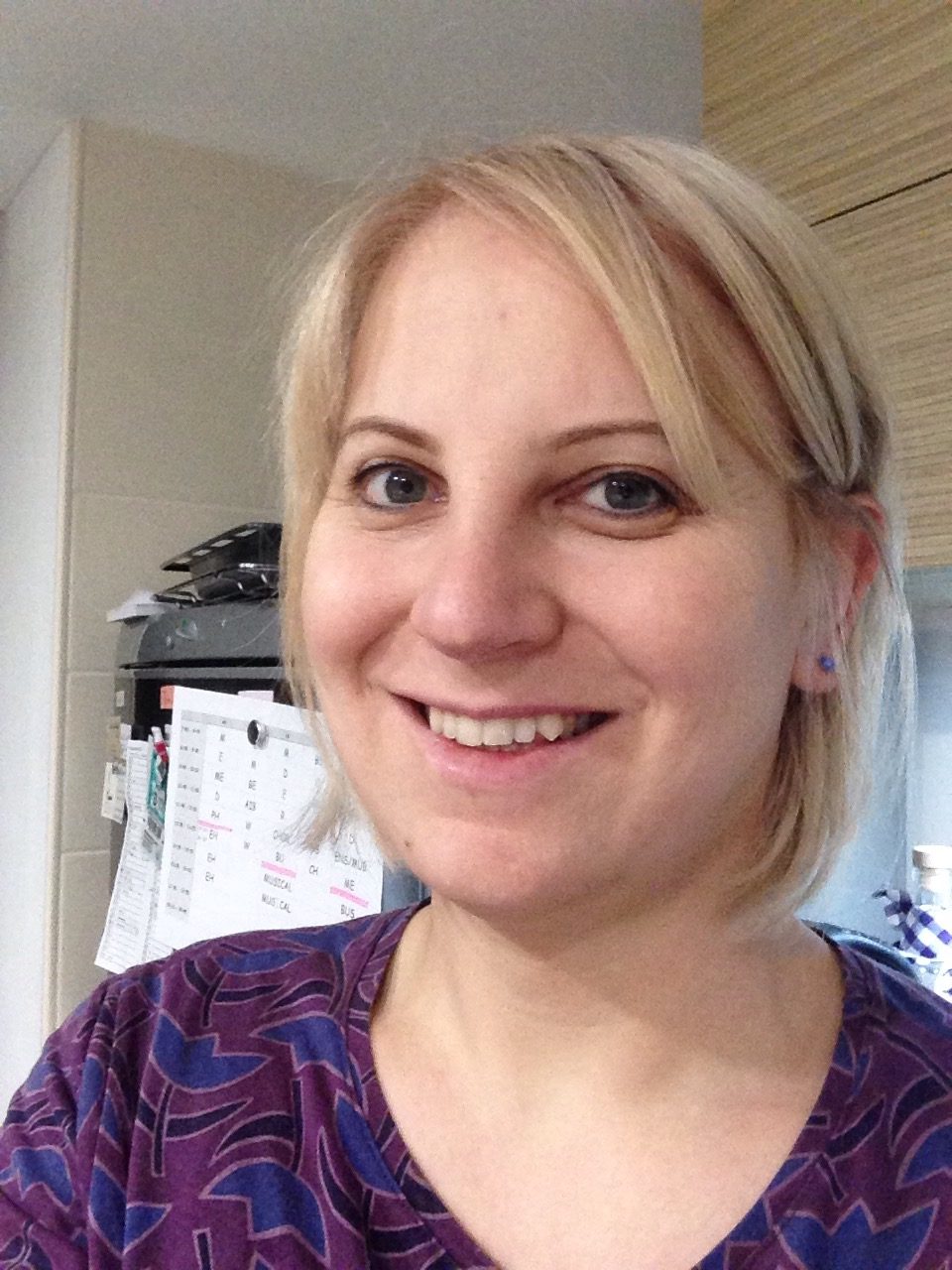
Sarah Griessenboeck
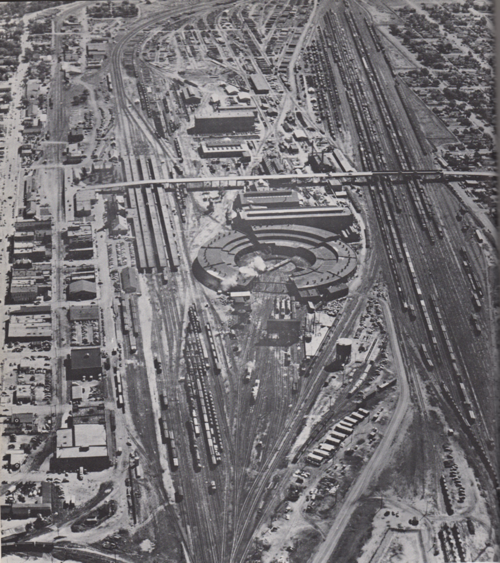
The Trackplan
My plan represents the UP physical plant at Cheyenne and of course I have to do a lot of compression. But the way it is being layed out is a very close resemblance to the real thing.
Crews and visitors will have access to all parts of the layout by walking under the tracks. The part of the room where this is necessary is reaching down into the floor beneath where a kind of walking bridges and short stairs will lead up to the action. That way a person can literally stand in the middle of the layout next to the roundhouse with the town streching all around them.
Dedicating the available 50 x 50 foot / 15 x 15 meters entirely to the city of Cheyenne might sound like a waste of space. However, there is the upper floor waiting to be modeled one day, connected with a train elevator ajacent to the UP freight yard on the north wall that will be capable of lifting up a 30 car freight train. To make this possible the track plan must be layed out before the renovation of the building can begin.
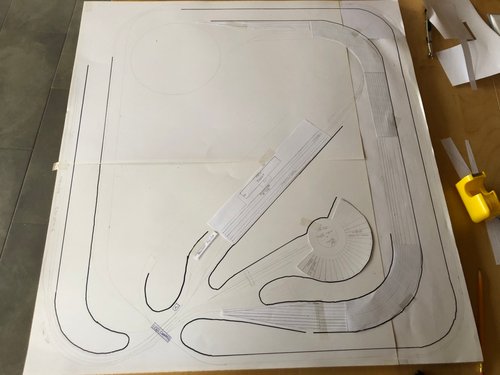
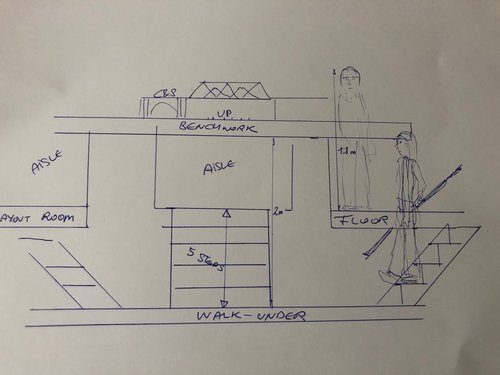
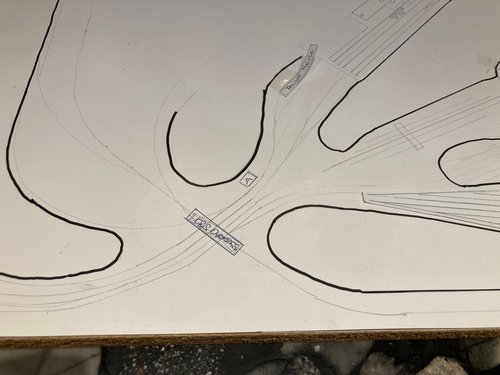
Must Have Features
- Colorado & Southern overpass, fully functional
- 30 car freight trains and 12 car passenger consists
- A functional Borie Junction interlocking plant
- four Passenger tracks
- Open staging with turning loop
- 74" minimum radius
- prototypical double slip turnouts between yard and staging
- Gentle grades at 1.5%
- No walls to give the feeling of open space
- Detailed engine terminal and roundhouse
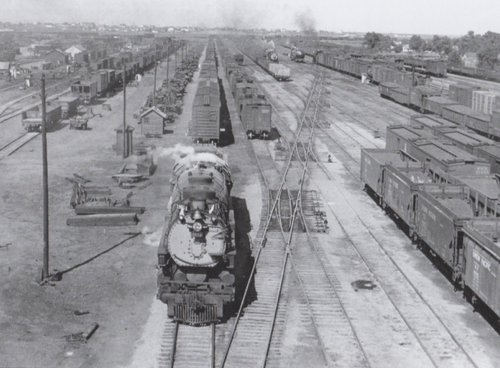
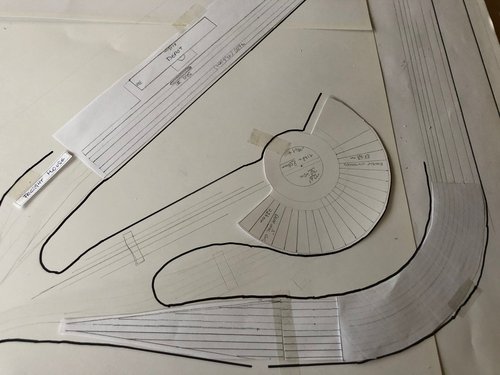
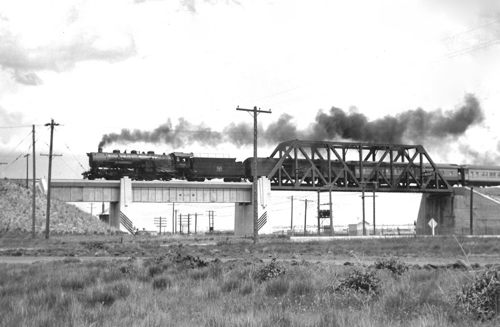
These are original plans drawn by hand back in 1928.
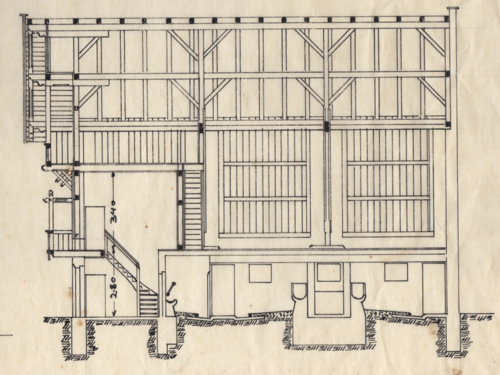
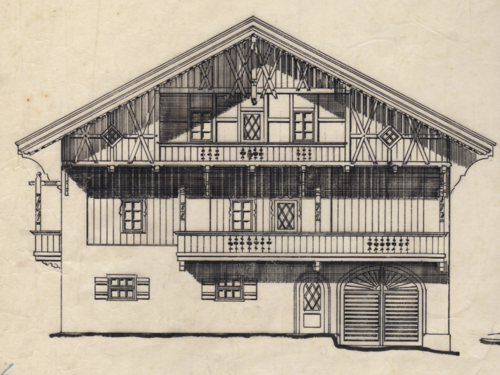
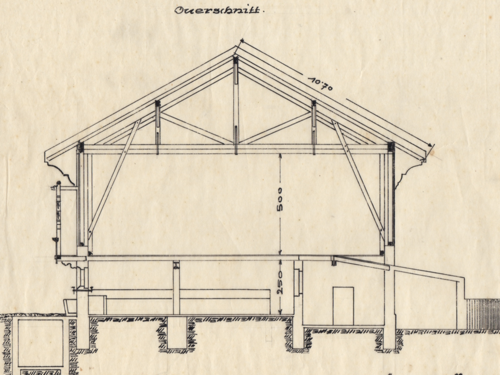
The Roundhouse
I am teaming up with the great people of Altoona Model Works to make this huge structure happen. I will model only 24 stalls of the full circle roundhouse, otherwise the action at the Millhouse River turntable could not be watched close up.
